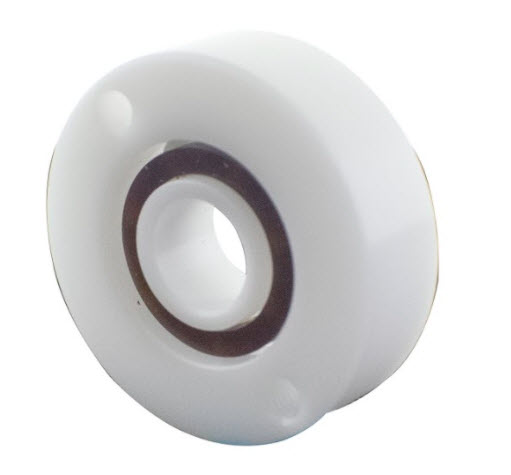
Industrial bearings are used to reduce friction created by the rotational movement of machinery parts. They contain balls that roll in the same direction as the rotational movement. As they roll, the balls will reduce friction while simultaneously carrying the load. There are flanged bearings, however, that feature a slightly different design than their standard counterparts.
What Is a Flange Bearing?
A flange bearing is a type of industrial bearing that’s characterized by a flanged design. They consist of several parts. Flanged bearings have a set of smooth yet heavy-duty balls that are positioned between a pair of races. The races act as tracks to contain the balls. Flanged bearings have an inner race and an outer race. The balls are contained between these two races.
In addition to balls and races, flange bearings typically feature a cage as well. The cage is an assembly that houses the balls. The balls are placed inside of the cage, and the cage is placed between the inner race and the outer race.
Flange Bearings vs Standard Bearings
All industrial bearings contain balls and tracks — and flanged bearings are no exception. The difference between flange bearings and standard industrial bearings, though, is that the former features a flanged design. Standard bearings don’t have a flanged design. They still feature the same parts, but standard bearings have a smooth and unflanged design.
A flange, of course, is a lip. Flanged objects have a producing rim or lip. In the case of flanged bearings, the flange is located on the outer race. This flanged design allows for a tighter and more secure fit.
Things to Consider When Choosing Flange Bearings
When choosing flange bearings, you should consider the materials from which they are made. Most flanged bearings aren’t made of a single material. Rather, they are made of several different materials. The cage, for instance, might be made of nylon or acetal, whereas the balls might be made of ceramic or glass.
If you’re planning to use them in environments with corrosive chemicals, you should choose non-corrosive flange bearings. Non-corrosive flange bearings are able to withstand corrosive chemicals without degrading.
You should consider the size of the flange when choosing flange bearings. The flange is a uniform lip that runs along the exterior of the outer race. Some flange bearings have a large flange, whereas others have a slammer flange. The flange needs to be properly sized for the application in which you intend to use the flange bearings.
